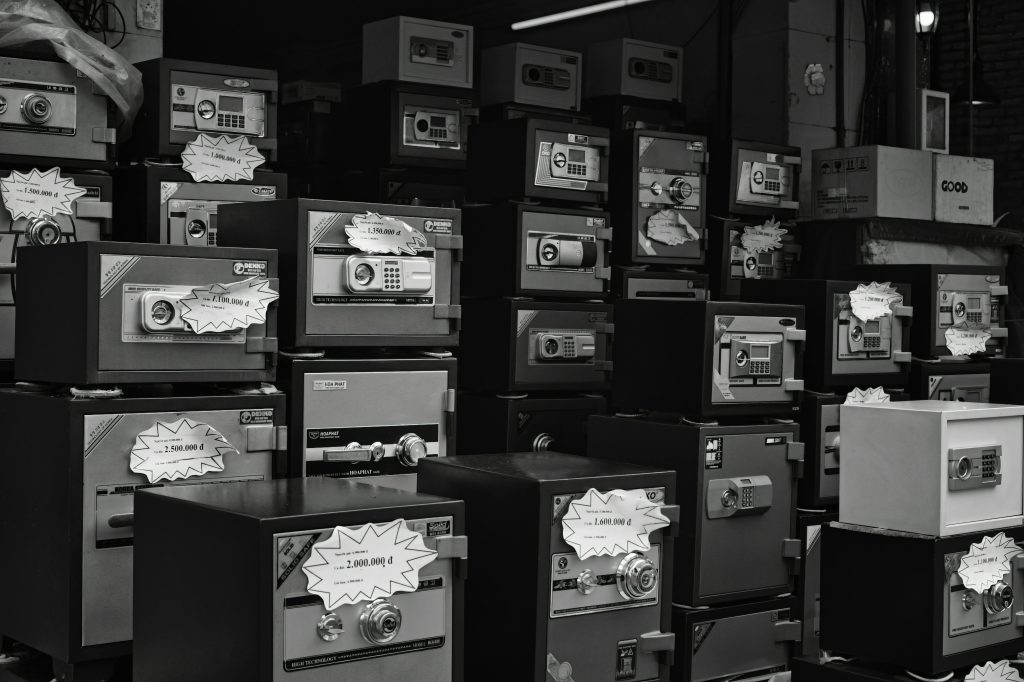“Have you ever bought what you thought was a designer handbag, only to realize it’s a knockoff? Yeah, me too.” Spoiler: My credit card saved the day. And guess what? Yours might do the same.
Credit card purchase protection is more than just a buzzword—it’s your safety net for verifying product authenticity. Whether you’re shopping online or in-store, this feature can be a game-changer when you accidentally buy fake goods.
In this post, we’ll uncover how credit cards and purchase protection can work together to verify product authenticity. Expect answers to burning questions like:
- What exactly is purchase protection?
- How does it help in verifying the authenticity of products?
- Which credit cards offer the best features for safeguarding against counterfeit goods?
Table of Contents
- Key Takeaways
- Why Fakes Are Everywhere—and What You Can Do
- Step-by-Step Guide to Leveraging Purchase Protection
- Best Practices for Using Product Authenticity Verification
- Real-Life Scenarios Where Purchase Protection Saved Shoppers
- FAQs About Credit Cards and Counterfeit Goods
Key Takeaways
- Credit card purchase protection often covers counterfeit items if reported within a specific timeframe.
- Not all credit cards are created equal—some provide better product authenticity verification benefits than others.
- Always keep receipts, packaging, and proof of purchase handy to maximize your claim success rate.
- Avoid “terrible advice” like waiting months before filing a dispute—it can kill your chances!
Why Fakes Are Everywhere—and What You Can Do

Fakes are big business. According to the OECD, global trade in counterfeit goods accounts for around $509 billion annually. That’s a staggering number that screams one thing: scammers are good at their jobs.
I once fell victim myself. I spent $300 on a “designer” belt that turned out to be worth about 10 bucks. Ugh. But here’s where things got interesting—I remembered my credit card had purchase protection. After submitting a claim with photos and proof of purchase, I got refunded in less than two weeks. It felt like beating the system at its own game.
Purchasing authentic products matters—not just because fakes are embarrassing but also because they could pose safety risks (remember those exploding hoverboards?). This is why leveraging tools like product authenticity verification through your credit card is crucial.
Step-by-Step Guide to Leveraging Purchase Protection

Think of this as your roadmap to turning fraudsters into fools:
- Understand Your Coverage: Read the fine print on your credit card agreement under “purchase protection” or similar terms. Some cover up to 90 days after purchase; others may extend longer.
- Verify Authenticity ASAP: If something smells fishy, act immediately. Snap pictures of questionable details, compare them to official brand websites, and document everything.
- Contact Customer Support: Call your credit card issuer’s customer service line. They’ll walk you through initiating a claim. Pro tip: Keep a detailed timeline of events handy—they’ll ask for dates.
- Gather Evidence: Include receipts, tracking numbers, communications with sellers, images of defects/fakes, etc., in your claim submission. Think CSI-level detail here.
- Be Persistent: Claims can drag. Grumpy Optimist Dialogue alert:
“Optimist You:* ‘It’ll get resolved soon!’
Grumpy You: ‘Yeah right. I’ve sent five emails already.'”Stay polite but firm during follow-ups.
Best Practices for Using Product Authenticity Verification

- Know Your Cards: Premium cards like American Express Platinum and Chase Sapphire Reserve often have robust fraud protection policies. Research yours carefully.
- Stay Organized: Maintain digital folders labeled by purchase date and category. Trust me, hunting for an email thread from three months ago isn’t fun.
- Act Quickly: Don’t procrastinate! Most claims must be filed within 30–90 days. Waiting too long will leave you high and dry.
- Terrific Tip Warning: Never assume every seller accepts returns for counterfeits. Policies vary wildly across platforms like eBay vs. Amazon.
Real-Life Scenarios Where Purchase Protection Saved Shoppers
Here’s a real-life win: Sarah R., a small business owner, ordered bulk tech accessories labeled “Apple-certified.” When her shipment arrived, she realized the chargers were knockoffs posing fire hazards. With documentation in hand, she contacted Capital One, which covered her losses entirely.
Another story? Mark T. purchased sunglasses advertised as Ray-Ban but found glaring inconsistencies upon closer inspection. Thanks to his Discover card’s policy, he received both peace of mind and cash back.
FAQs About Credit Cards and Counterfeit Goods
Q: How common is credit card coverage for counterfeit products?
A: Most major issuers include some form of purchase protection, though specifics differ widely. Always double-check your cardholder agreement.
Q: Can I report a counterfeit item without original packaging?
A: While possible, having original packaging strengthens your case significantly. Try finding any residual evidence to support your claim.
Q: What happens if my claim gets denied?
A: Escalate by speaking directly to supervisors or disputing via chargebacks if necessary. Remember, persistence pays off.
Conclusion
We’ve journeyed through understanding product authenticity verification via credit card purchase protections, equipping you with actionable insights and hilarious rants along the way. Armed with these tips, you’re now ready to shop smarter, stay protected, and hold scammers accountable.
And for old time’s sake… Like dial-up internet, verifying purchases takes patience, but the reward—guaranteed authenticity—is oh-so-worth-it.
Final thought: Protect what you buy, and always keep receipts. Your wallet will thank you.


